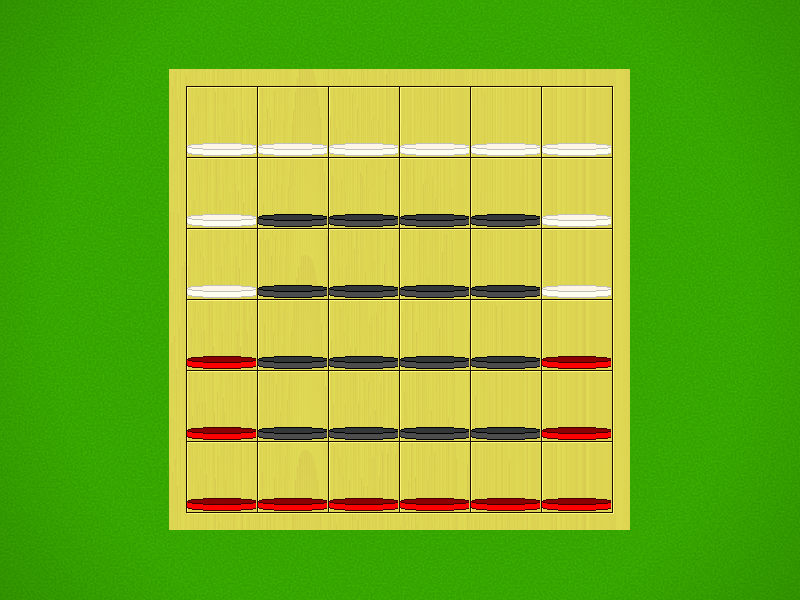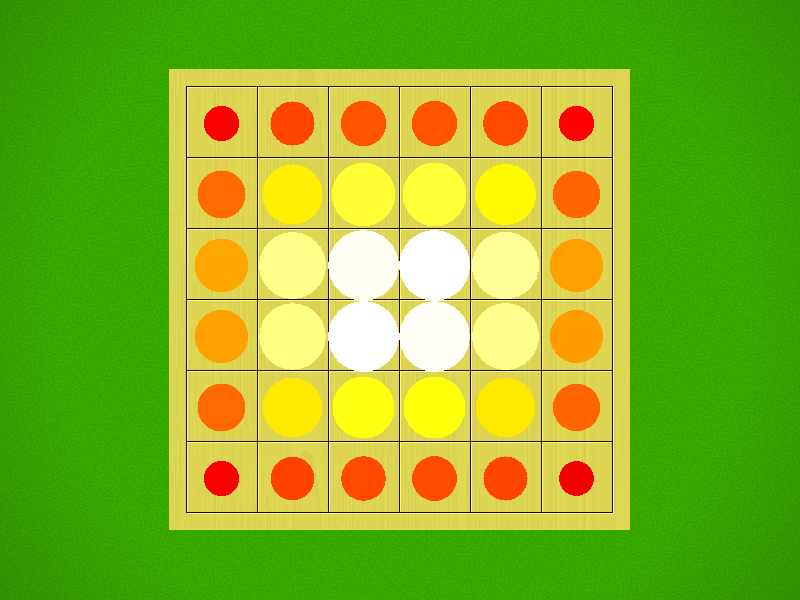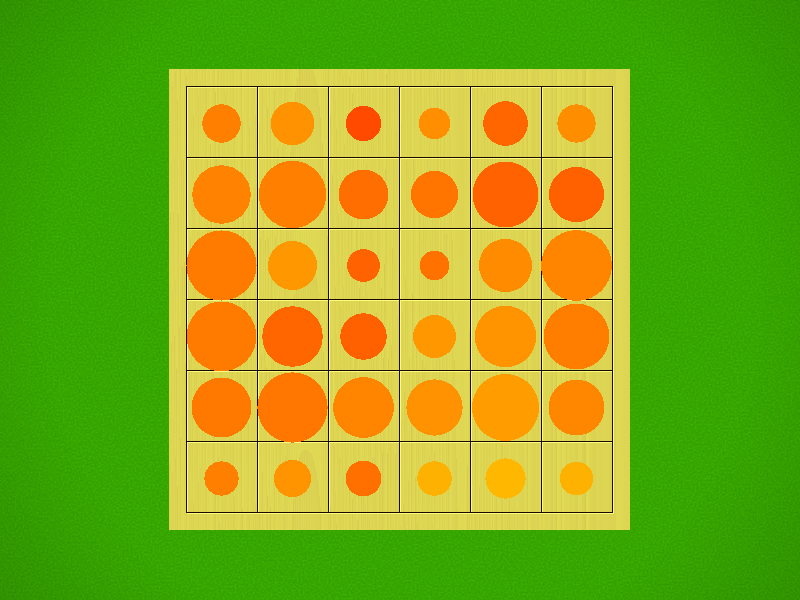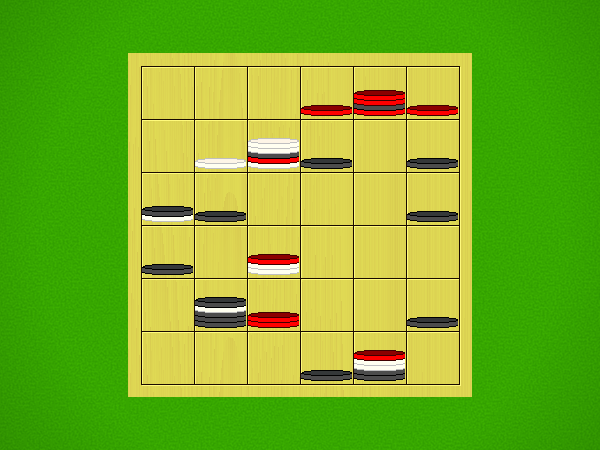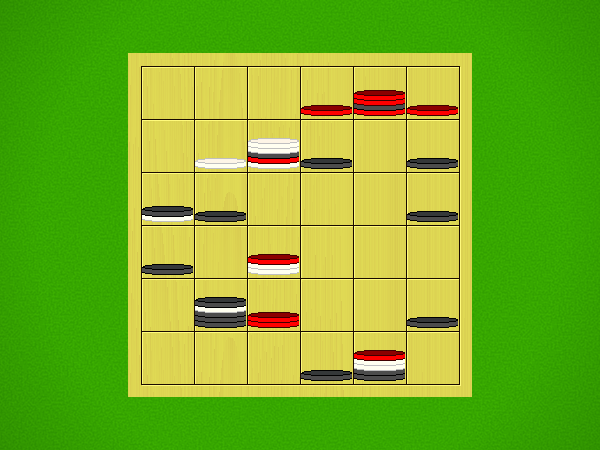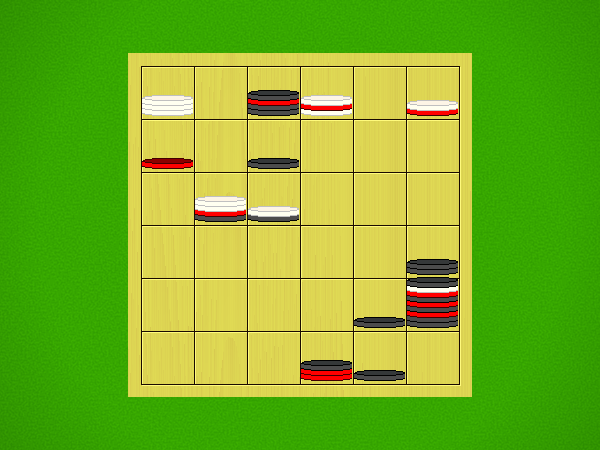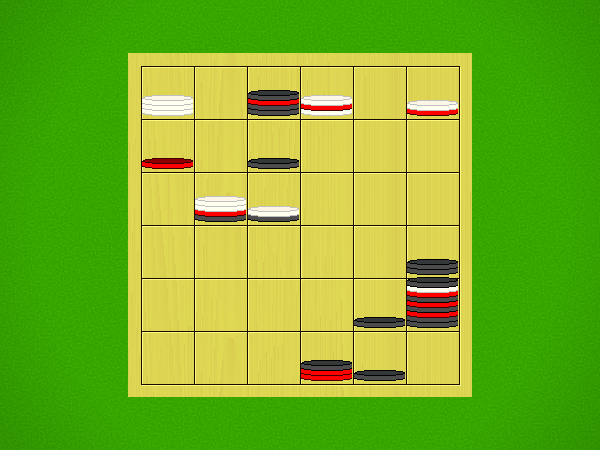| Moves | Animation |
|---|
| Pick Up a1,Sow a2,Pick Up a4,Sow b4,Pick Up a3,Sow a2,Pick Up b4,Sow b5,Sow c5,Pick Up a2 | 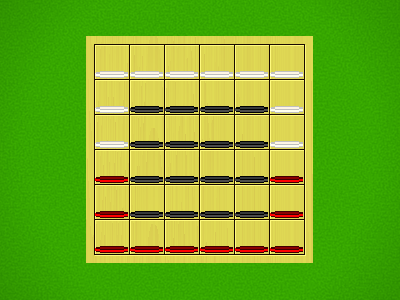 |
| Pick Up a1,Sow a2,Pick Up d6,Sow c6,Pick Up a2,Sow a3,Sow a4,Pick Up c6,Sow c5,Sow b5 | 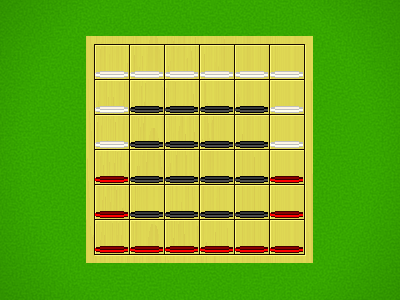 |
| Pick Up a1,Sow b1,Pick Up a4,Sow a5,Pick Up b1,Sow b2,Sow c2,Pick Up a6,Sow a5,Pick Up a2 | 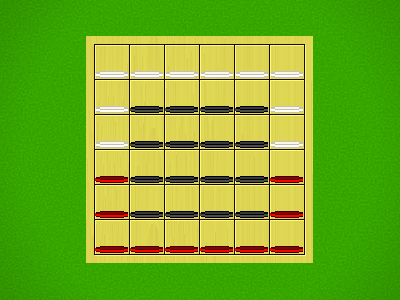 |
| Pick Up c1,Sow d1,Pick Up a5,Sow a4,Pick Up a3,Sow a4,Pick Up a6,Sow a5,Pick Up a2,Sow a3 | 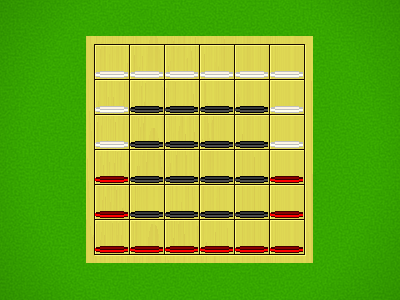 |
| Pick Up c1,Sow b1,Pick Up f4,Sow f3,Pick Up f2,Sow f3,Pick Up f6,Sow f5,Pick Up e1,Sow f1 | 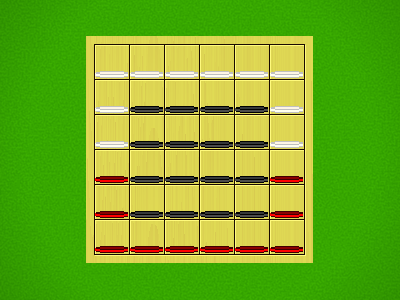 |
| Pick Up c1,Sow b1,Pick Up a6,Sow b6,Pick Up b1,Sow b2,Sow b3,Pick Up b6,Sow b5,Sow c5 |  |
| Pick Up c1,Sow b1,Pick Up c6,Sow d6,Pick Up b1,Sow b2,Sow b3,Pick Up d6,Sow d5,Sow e5 | 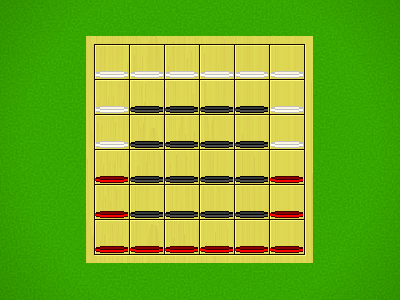 |
| Pick Up e1,Sow d1,Pick Up f4,Sow f3,Pick Up f2,Sow f3,Pick Up f6,Sow f5,Pick Up f3,Sow e3 |  |
| Pick Up e1,Sow d1,Pick Up a6,Sow b6,Pick Up d1,Sow d2,Sow d3,Pick Up b6,Sow b5,Sow b4 | 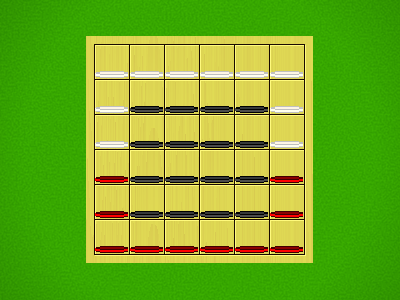 |
| Pick Up f1,Sow f2,Pick Up a4,Sow a5,Pick Up f2,Sow f3,Sow f4,Pick Up a5,Sow a4,Sow a3 | 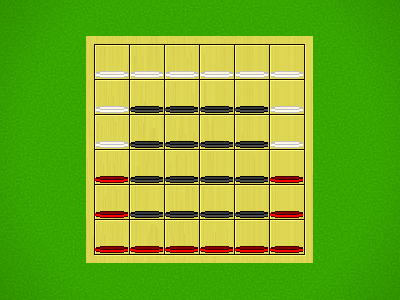 |
| Pick Up a2,Sow a3,Pick Up e6,Sow f6,Pick Up a3,Sow a4,Sow b4,Pick Up a5,Sow a4,Pick Up b4 | 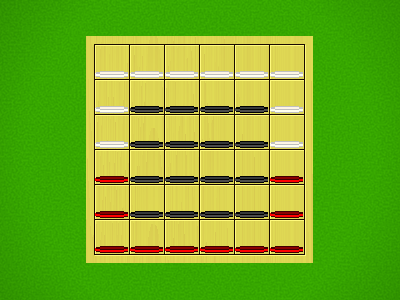 |
| Pick Up a2,Sow a3,Pick Up f6,Sow f5,Pick Up a3,Sow a4,Sow a5,Pick Up a6,Sow a5,Pick Up f3 | 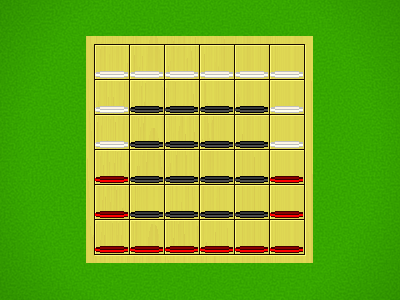 |
